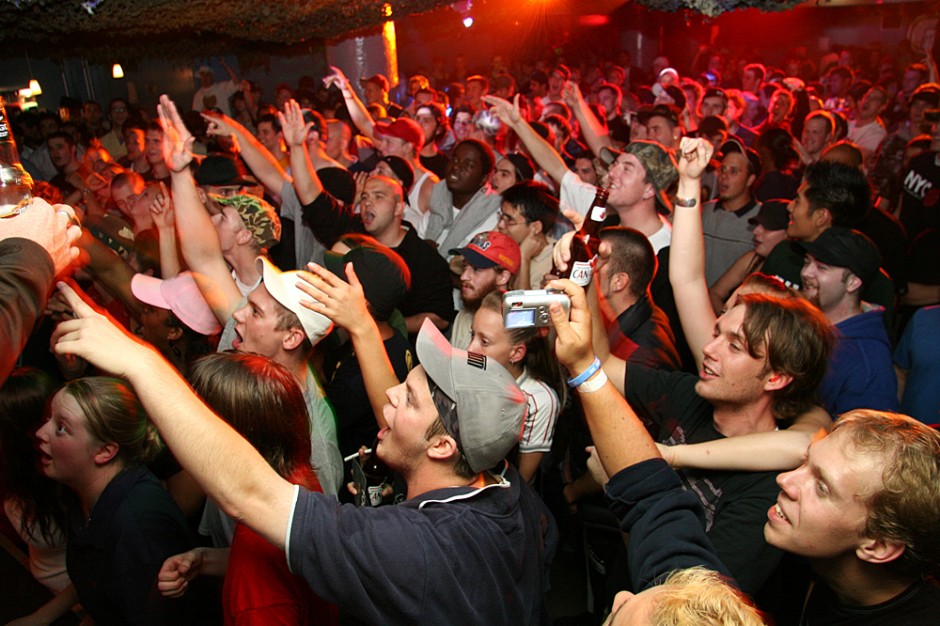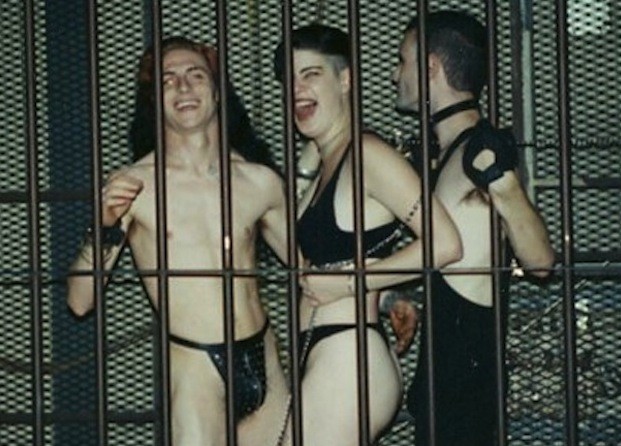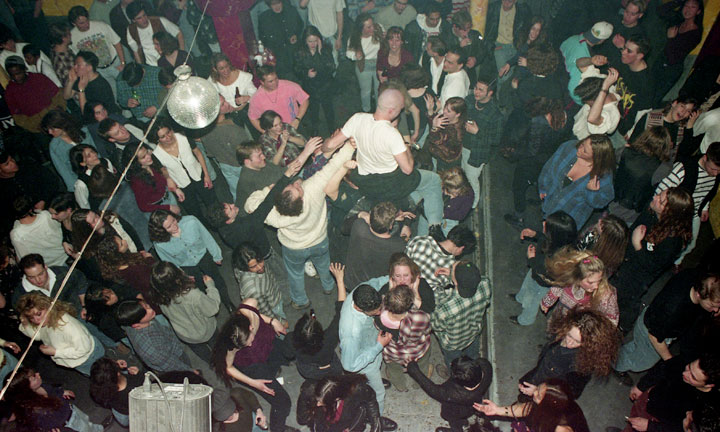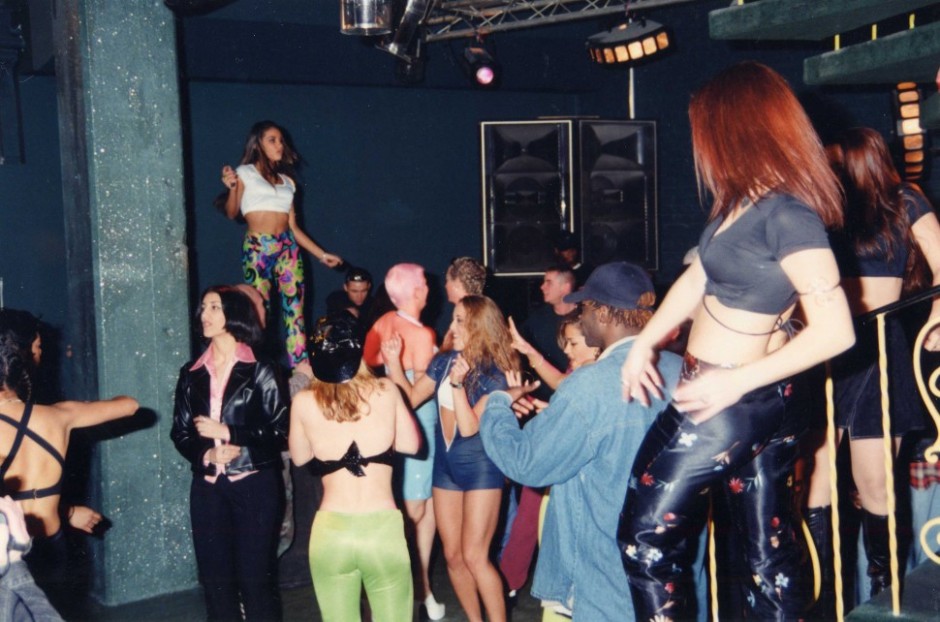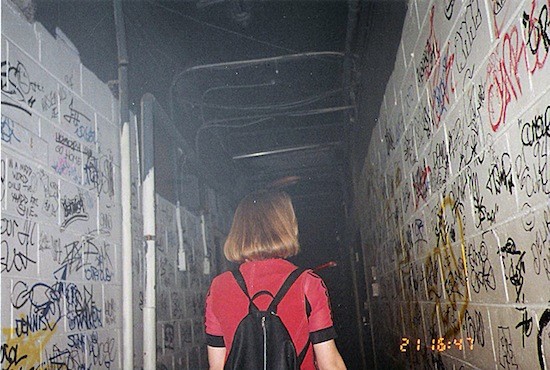The scene at System Soundbar, September 24, 2005. Photo by Ryan Parks.
Article originally published April 12, 2012 by The Grid online (TheGridTO.com).
In the latest edition of her nightlife-history series, Denise Benson revisits the Entertainment District institution that brought underground rave culture to Toronto’s mainstream club crowd at the dawn of the millennium.
BY: DENISE BENSON
Club: System Soundbar, 117 Peter
Years in operation: 1999-2005
History: System Soundbar was an unlikely home for electronic dance music with a decidedly underground bent. Opened smack dab in the middle of the commercial club district, System was owned by Zisi Konstantinou—former owner/operator of successful Adelaide Street spot Limelight—with his partners Spyros Theoharis and Boris Khaimovich. They hired former Limelight employee Orin Bristol as general manager, and the group worked to develop a plan.
“Zisi purchased the building as a property investment, and we were trying to figure out what to do with the basement as it was just being used as storage space,” shares Bristol. “We spoke about doing a nightclub, but thought it would be a hard sell for a mainstream crowd as it was in a basement.
“At the same time, the city was cracking down on raves and there were less and less spots to do parties in. Because of our Wednesday nights at Limelight [with EDM/rave DJs Craig Pettigrew and John E], we had come to know the guys from [promoters] Lifeforce Industries. Between Craig and them, we talked about doing rave-style events in the space.”

